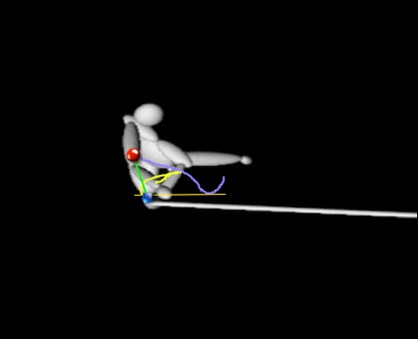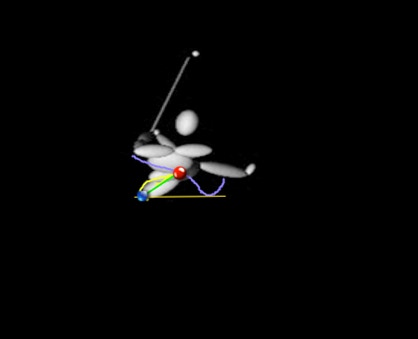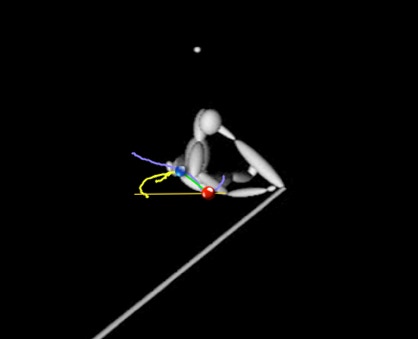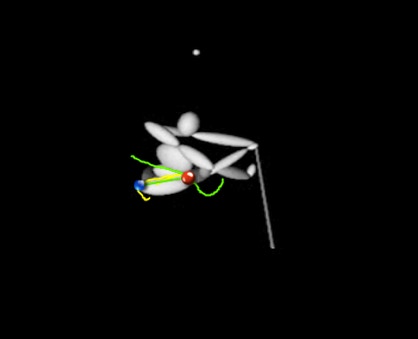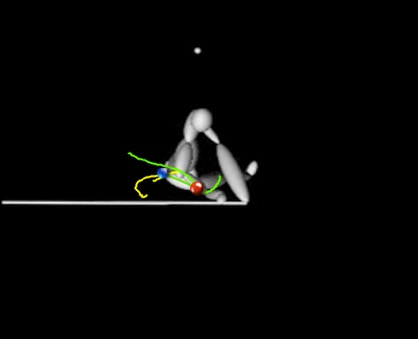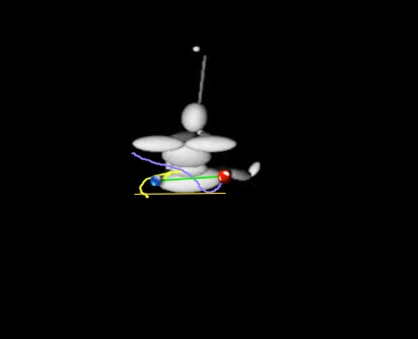

The sideways travel of the hips is significant. To keep things simple, we sometimes hear the suggestion to turn and unturn the Hips. Unfortunately, this suggestion makes it seem like the Hips rotate back then rotate through. That would make things easier, for sure. However, early rotation of the Right Hip in the downswing could be one of the most common and destructive problems facing most golfers.
